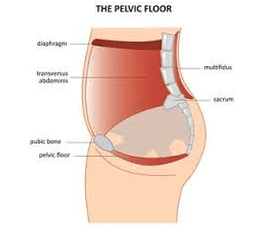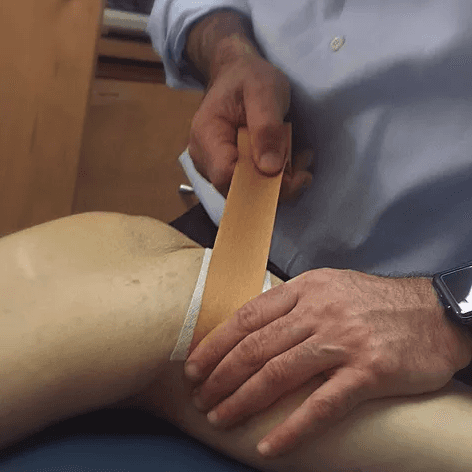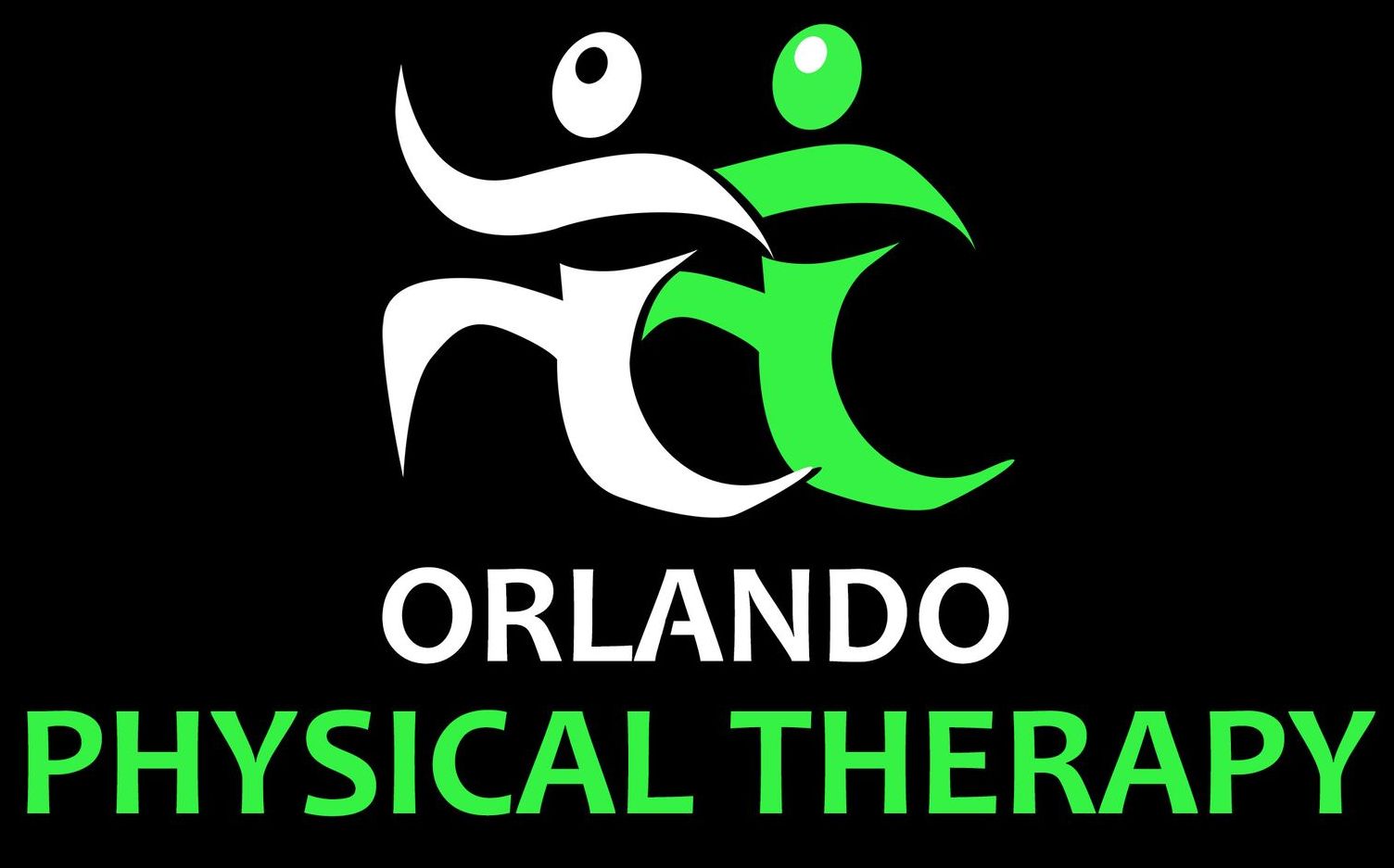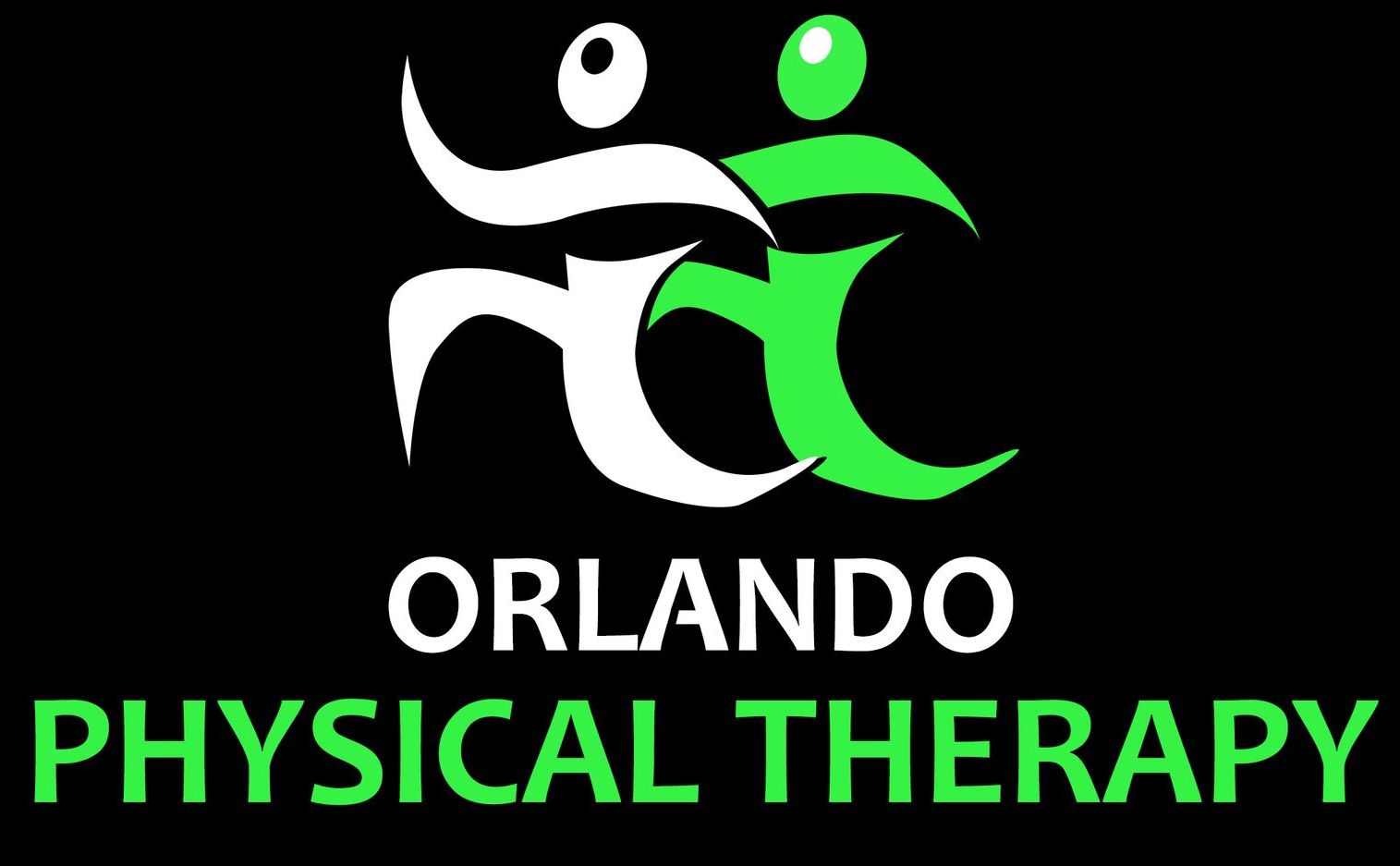Pelvic Floor Dysfunction & PT

Pelvic Floor Dysfunction is a disease that affects millions of Americans. In fact, studies show that one in five Americans, including men, women and children, is affected by PFD, yet most are untreated.
The cause of Pelvic Floor Dysfunction is often caused by pregnancy, trauma from a car accident, infections, or surgery. Sometimes a gym injury can bring it on. Even doing too many kegels or rough menstrual cramps can cause PFD to manifest itself.
Symptoms of PFD range from a muscle or groin pull, frequent or painful urination, lower back pain, constipation or painful intercourse, yet the diagnosis is sometimes hard to get. When you are in pain in the pelvic or groin region, doctors will test for infections and come up empty. Often PFD is the cause. If not treated properly, PDF can go on to affect the bladder causing incontinence, IBS or Irritable Bowel Syndrome, certain sexual dysfunctions, trouble sitting for long periods and other related pain.
Yet all is not lost. Physical Therapy has been known to have excellent results ranging from relief to full recovery. Some of the options available for patients of PFD include trigger point release massage, connective tissue manipulation, heat and cold therapy, electrical stimulation, deep tissue massage, mysofascial release, biofeedback, ultrasound, and rehab including strengthening exercises and Pilates
These exercise can range from simple pelvic tilts while lying on the floor, to lying on a tennis ball to release the tension and re-educate the muscles around the sacroilliac joint, to simple Pilates moves, like sit ups and stretches, to strengthen the entire core and the pelvic floor.
With a well-rounded physical therapy program in place, patients will heal and achieve a better level of health and fitness overall.
Additional Articles











